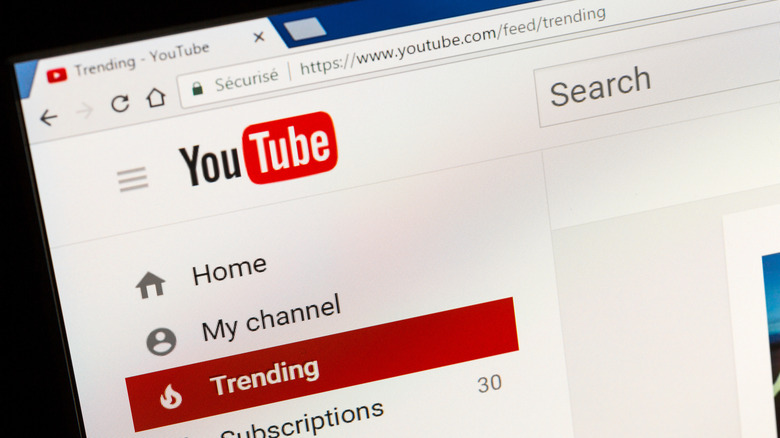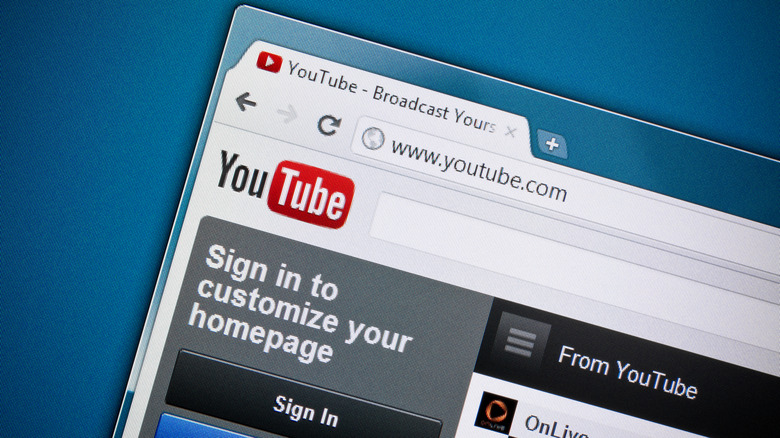Yes, You Can Go Back To The Old YouTube Layout - Here's How
If you have been a long-time YouTube user, chances are, you might have seen the layout of the website change dramatically over the years. The modern-day layout of YouTube — especially on desktops and computers — is vastly different from the original website's appearance years ago. With Google completely embracing the modernized layout for YouTube, there is no option within YouTube settings that lets users to switch back to the old, classic layout. While most of the users have adjusted to YouTube's updated layout, there are many who wouldn't hesitate to return to the old, familiar YouTube layout if given the chance. Thankfully, there is a browser extension that allows you to do exactly that.
If you are using Google Chrome, the easiest ways to switch back to the old YouTube layout is to go to download an extension called YouTube Redux from Google Chrome Store. Searching for YouTube Redux will lead you to the YouTube Redux landing page. On this page, you will see a prominent label that reads "Add to Chrome". Click on it, and grant the necessary permissions. Once installed, you will see a pop-up that allows you to fine-tune your classic YouTube layout experience. It's entirely up to the user to tweak these settings.
Nevertheless, once this step is done, when you open YouTube on your browser, you will see the good old YouTube classic layout, complete with smaller thumbnails and a lot more content on display at once. Clicking on a video will showcase the older YouTube player and an easier-to-read comments section. We have verified that this extension is compatible not just with Chrome, but also with other Chromium-based browsers like Brave, Opera, and Microsoft Edge. For those using Mozilla Firefox, YouTube Redux is available as an add-on.
Evolution of the YouTube layout over the years
The original layout of YouTube remained largely unchanged during its initial years (2005-2006). After Google acquired the platform in 2006, YouTube received a fresh set of updates that gave it a more organized appearance, along with a focus on featured and recommended videos. In 2012-2013, YouTube received what is known as the "One Channel" layout, which, in hindsight, can be considered the template for the modern-day layout of the platform we are accustomed to seeing today. Google further refined this layout in 2015, with added focus on recommended videos, based on user engagement.
In 2017, Google introduced the "Polymer" redesign, based on Google's Material Design language, which came with a "cleaner", more modern look, along with a redesigned YouTube logo. The latest YouTube design is primarily based on the 2017 update, although the website has witnessed subtle design changes between 2019 and 2025, including one in 2020, to arrive at the point we are at today.
Note that solutions like YouTube Redux, being unofficial workarounds, may not always work as intended and may face occasional bugs. YouTube can also make changes that could, one day, render these workarounds useless. Nevertheless, if you're looking for a trip down memory lane, nifty extensions like YouTube Redux are perfect for experiencing some classic YouTube nostalgia.

